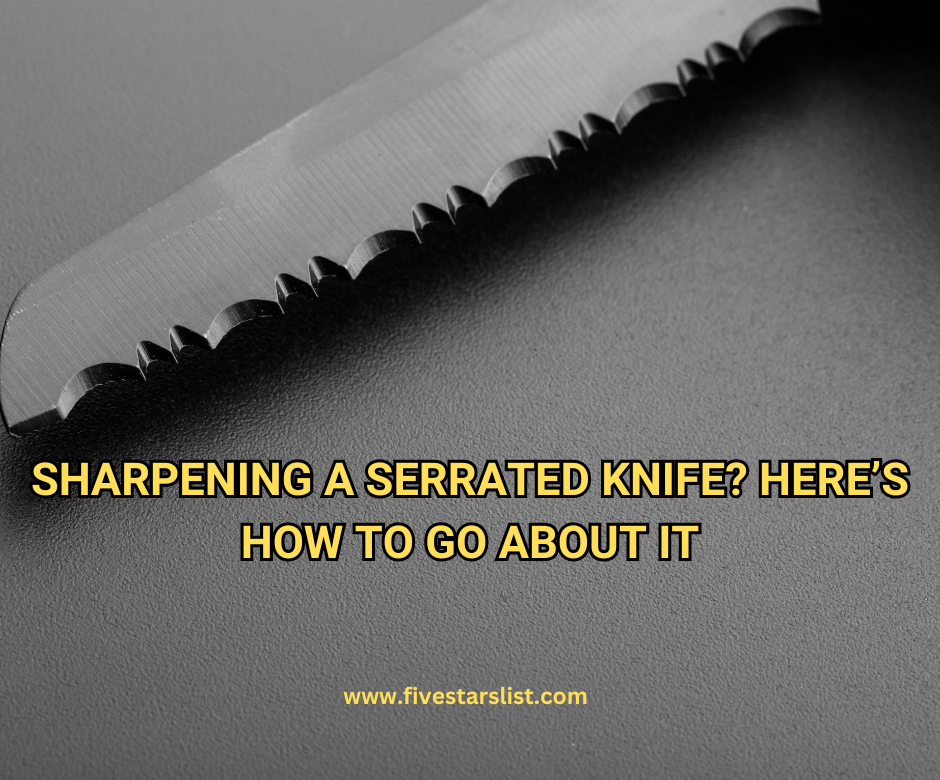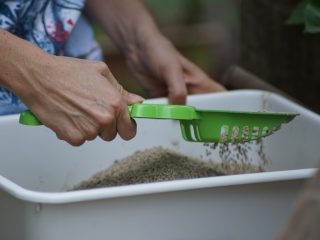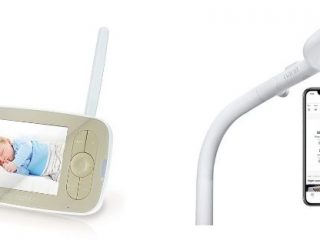As an Amazon Associate I earn from qualifying purchases.

Photo by Canva
Sharpening a serrated knife is not the same as sharpening a regular knife. The scallops on the edge of a serrated knife render the sharpening stone and other traditional sharpening tools useless. But if your serrated knife has gone dull or doesn’t perform as well as it used to, it doesn’t mean you should throw it away. This is especially true if it’s a cherished custom knife with special significance or craftsmanship.
A serrated knife can be sharpened, but the sharpening method will be a bit different than a regular knife. Not to mention, you will have to invest in the right tool for sharpening a serrated knife if you don’t already have one lying around.
Despite being highly durable, every serrated knife will end up dull at some point. If you like to maintain your blades by yourself instead of getting them sharpened from a store, then keep reading. This article will cover sharpening a serrated knife at your home, which can be especially useful if you own a collection of custom knives that you prefer to maintain personally.
Why do serrated knives go dull?
Usually, a serrated knife doesn’t go dull from cutting foods such as bread and meat. Instead, serrated knives go dull when they come in contact with cutting boards. Users usually can’t tell when they have completed a cut and drag the blade on the cutting board. Over time, the occasional contact with the rough surface of the cutting board takes a toll on the cutting abilities of a serrated knife.
Another reason why serrated knives go dull faster than expected is dishwashers. A dishwasher uses hot water to wear a serrated knife out after multiple washes. In addition, dishwashers expose a knife to water for prolonged periods, which can result in corrosion.
So, by simply washing your serrated knives by hand and taking care not to rub them against the cutting board, you can retain their edge for longer. However, if you already have a dull serrated knife, you can follow the steps explained in the next section.
The right way to sharpen a serrated knife
As mentioned earlier, sharpening serrated knives requires a specialized tool. So, before starting the sharpening process, you must get the correct tool. A high-quality ceramic sharpening rod is an excellent investment if you regularly use your serrated knife and want to keep it in pristine shape.
Once you have a sharpening rod, you can follow these steps to sharpen your serrated knife:
Step 1. Identifying the right side to sharpen: Unlike other knives, serrated knives are not the same on both sides. Instead, it will be straight on one side and beveled on the other. Therefore, you will be sharpening the beveled side of the blade because this is the side that does the cutting.
You can find the beveled side by inspecting both sides of the knife visually. Or you can carefully feel the blade on both sides to check which side is beveled.
Step 2. Aligning the sharpening rod with the knife: The reason why we said that sharpening a serrated knife takes longer is because you have to sharpen each serration individually. Not to mention, some knives have serrations with different sizes on the same blade. If you have different-sized serrations on your serrated knife, then you are better off with a tapered sharpening rod that is thickest at the handle end and thins towards the other end.
By using a tapered sharpening rod, you can easily find a thickness that fits the serrations of your knife perfectly.
Once you have matched the thickness of the rod to the serrations of your knife, align the knife and the sharpening rod at a 15–20-degree angle that matches the bevel.
Step 3. Start the sharpening process: When you have aligned the sharpening rod with the bevels of the serration close to the knife handle, you can start the sharpening process. Simply maintain the 15-20 degree angle of the sharpening rod and the knife bevel and start moving the rod back and forth while applying a bit of pressure.
Normally, you only must repeat the movement around 15 times to sharpen one serration. Once you have sharpened one serration, you can repeat the process for all other serrations as well.
Make sure you are using the correct thickness range of the rod and not exceeding the available gap between serrations.
Step 4: Remove any leftover metal shavings: When you sharpen any steel knife, you are bound to have metal shavings that need to be removed. In order to remove the metal shavings, all you have to do is use fine grit sandpaper or a whetstone.
Simply rub the straight side of the serrated knife across the whetstone or sandpaper to remove any metal shavings.
An alternative tool for sharpening a serrated knife
Apart from the sharpening rod, you can also use a V-shaped knife sharpener. These sharpeners have triangle-shaped slots that don’t require you to adjust the angle.
All you have to do is simply hold the knife and move it across the tool’s slots in order to sharpen it. These tools speed up the sharpening process since you don’t have to sharpen each individual serration separately.
The sharpening tools with diamond abrasives usually work best for serrated knives. Not to mention, they have separate honing and polishing slots available.
You start by dragging the knife across the honing slot, and once you have sharpened the serrations, simply move them through the polishing slots to refine the edge. We recommend investing in a sharpening tool if you find yourself frequently sharpening your serrated knife or don’t want to spend time sharpening using a rod.
Once the sharpening is complete, it is best to store the serrated knife in a wooden knife block. This will make sure that your knife doesn’t lose its edge by rubbing against other cutlery.
Conclusion
Serrated knives are considered a must-have for any kitchen, and if you frequently bake bread and cakes, it is impossible to get the right cut without this specialized blade. However, sharpening these knives can be a challenge if you aren’t sure what to do.
This article explains the process of sharpening a serrated knife in detail. We have also provided tips on how you can keep your serrated knife sharp for longer.
Image source: Amazon Product Advertising API
Amazon and the Amazon logo are trademarks of Amazon.com, Inc, or its affiliates.
Last update on 2024-04-27 / Affiliate links / Images from Amazon Product Advertising API



